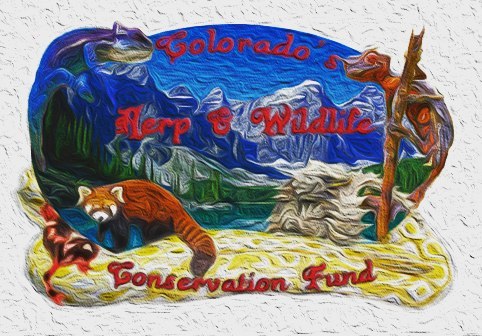The conservation status of a group of organisms (for instance, a species) indicates whether the group still exists and how likely the group is to become extinct in the near future. Many factors are taken into account when assessing conservation status: not simply the number of individuals remaining, but the overall increase or decrease in the population over time, breeding success rates, and known threats. Various systems of conservation status exist and are in use at international, multi-country, national and local levels as well as for consumer use.
Endangered Species
An endangered species is a species of organisms facing a very high risk of extinction. The phrase is used vaguely in common parlance for any species fitting this description, but its use by conservation biologists typically refers to those designated Endangered in the IUCN Red List, where it is the second most severe conservation status for wild populations, following Critically Endangered.
IUCN Red List of Threatened Species
The IUCN Red List of Threatened Species is the best known worldwide conservation status listing and ranking system. Species are classified by the IUCN Red List into nine groups set through criteria such as rate of decline, population size, area of geographic distribution, and degree of population and distribution fragmentation.[1][2]
Also included are species that have gone extinct since 500 AD. When discussing the IUCN Red List, the official term “threatened” is a grouping of three categories: critically endangered, endangered, and vulnerable.
- Extinct (EX) – No known individuals remaining.
- Extinct in the Wild (EW) – Known only to survive in captivity, or as a naturalized population outside its historic range.
- Critically Endangered (CR) – Extremely high risk of extinction in the wild.
- Endangered (EN) – High risk of extinction in the wild.
- Vulnerable (VU) – High risk of endangerment in the wild.
- Near Threatened (NT) – Likely to become endangered in the near future.
- Least Concern (LC) – Lowest risk. Does not qualify for a higher risk category. Widespread and abundant taxa are included in this category.
- Data Deficient (DD) – Not enough data to make an assessment of its risk of extinction.
- Not Evaluated (NE) – Has not yet been evaluated against the criteria.
The Convention on International Trade in Endangered Species of Wild Fauna and Flora
The Convention on International Trade in Endangered Species of Wild Fauna and Flora (CITES) aims to ensure that international trade in specimens of wild animals and plants does not threaten their survival. Many countries require CITES permits when importing plants and animals listed on CITES.

